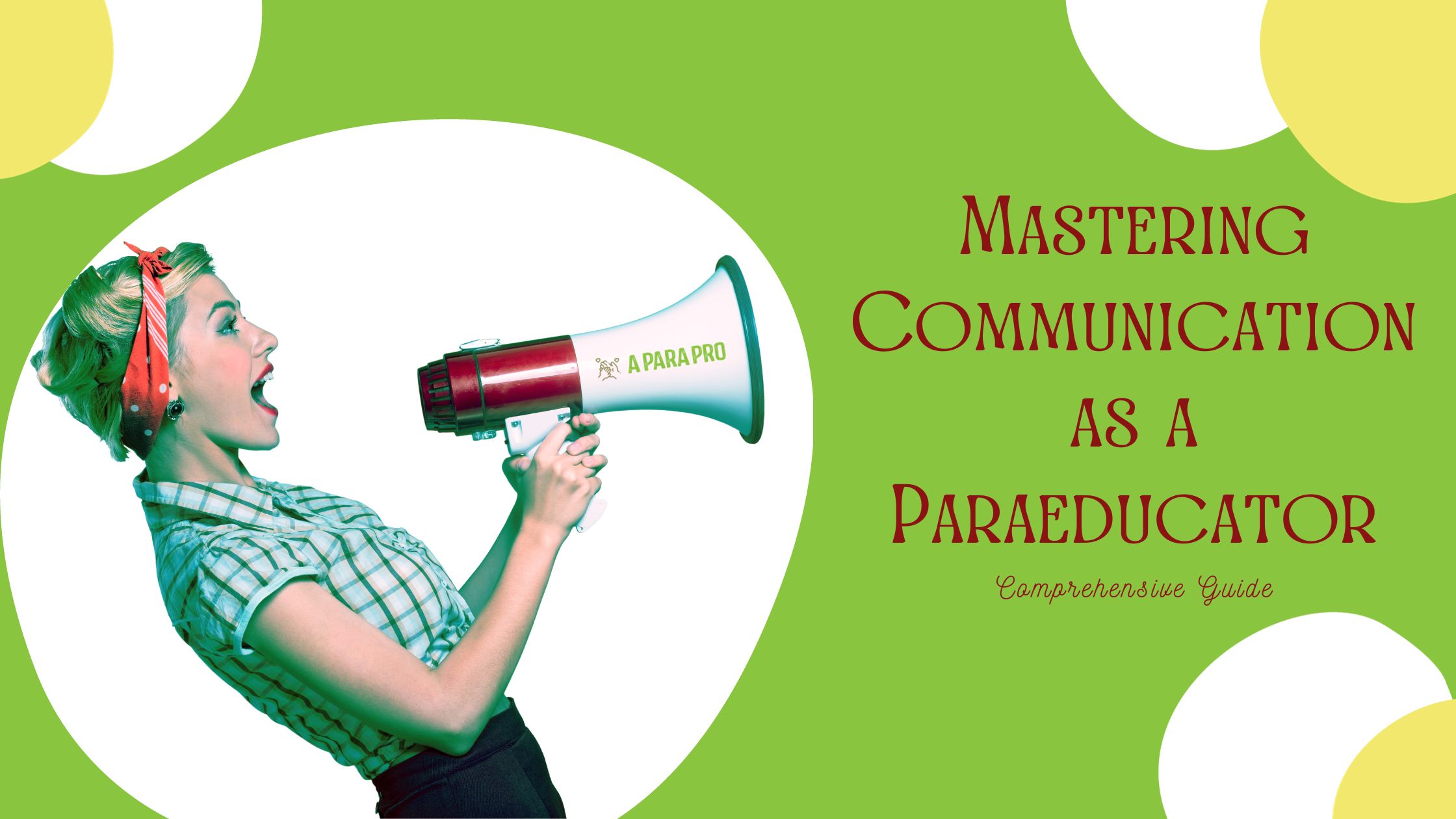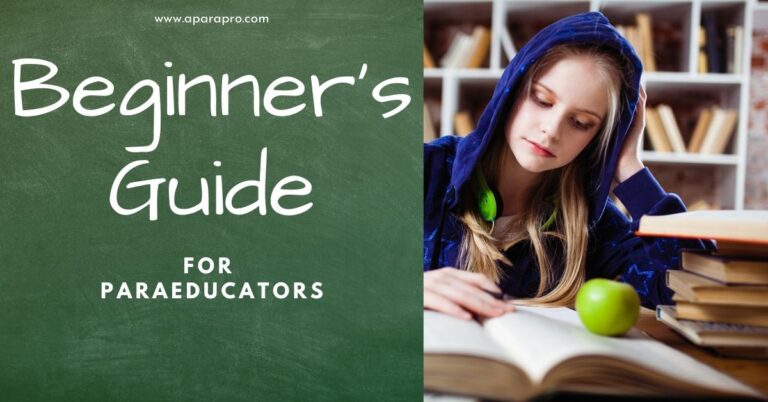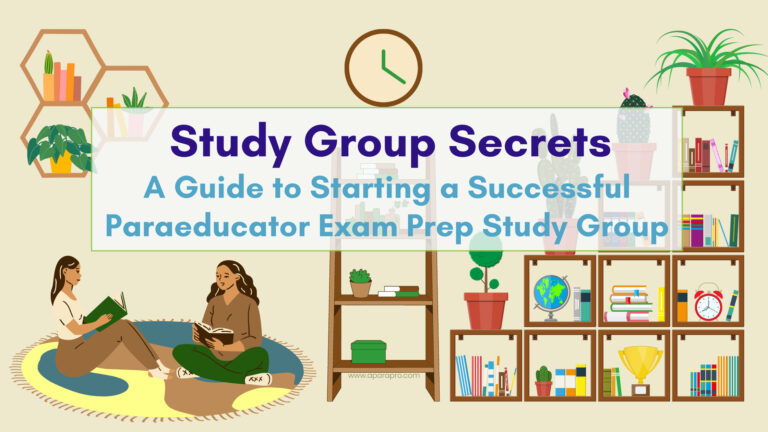Mastering Communication as a Paraeducator: A Comprehensive Guide
Effective communication is the cornerstone of success for paraeducators in the education system. As an experienced paraeducator, I understand how crucial communication is the key to your success in the educational ecosystem. As a paraeducator, your role is multifaceted, involving collaboration with teachers, administrators, students, and fellow staff members. With this comprehensive guide I'll share insights that will equip you with the essential skills and strategies to excel in your communication efforts and make a positive impact in the educational community.

What is communication?
Communication is an inherent part of human existence, allowing individuals or groups to connect, exchange ideas, and share information. It is a complex process that involves the transmission, interpretation, and understanding of messages between two or more people. It encompasses various forms, including verbal, non-verbal, written, and visual communication. Through effective communication, people can express emotions, share knowledge, seek clarification, and build relationships.
6 Components of Communication
- Sender: The sender initiates the communication process by conveying a message or information to the receiver. They encode the message using a medium suitable for the intended purpose.
- Message: A message is the content or information being transmitted by the sender. It can be delivered through words, gestures, symbols, or any other agreed-upon form of communication.
- Medium: The medium refers to the channel or means by which the message is conveyed. It can be face-to-face conversations, written documents, telephone calls, emails, social media platforms, or any other form of communication tool.
- Receiver: The receiver is the individual or group to whom the message is directed. They decode the message and interpret its meaning based on their understanding and context.
- Feedback: Feedback plays a crucial role in the communication process as it allows the receiver to respond and provide a reaction or clarification to the sender. It helps in ensuring that the intended message has been understood accurately.
- Context: Context refers to the circumstances, environment, or situation in which communication takes place. It includes factors such as cultural background, social norms, physical setting, and individual perspectives, all of which can influence the interpretation and effectiveness of communication.
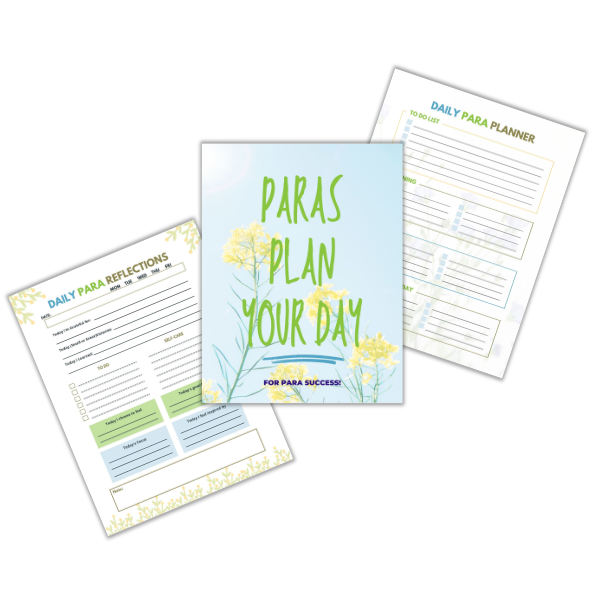
The Importance of Communication
Effective communication is essential in both personal and professional settings. It helps in building connections, fostering teamwork, resolving conflicts, and promoting productivity. In personal relationships, communication is vital for expressing emotions, building intimacy, and maintaining healthy connections. In the workplace, it facilitates collaboration, understanding of goals, and enhances overall organizational efficiency.
Understanding Your Role
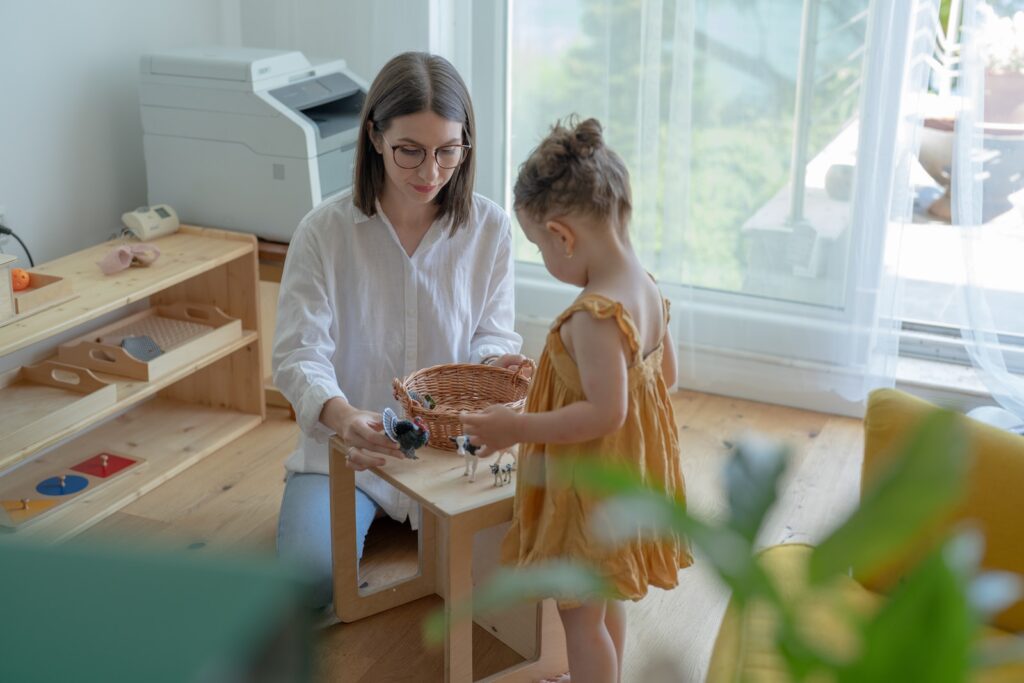
The Paraeducator's Crucial Role in Education
In your role as a paraeducator, you are an indispensable part of the education team. You provide invaluable support to teachers, helping to create inclusive and successful learning environments. Your role includes working with diverse students, assisting in classroom activities, and ensuring each student's unique needs are met.
FAQ: Why is effective communication important for paraeducators?
Effective communication is the glue that holds your collaborative efforts together. It enables you to understand your responsibilities, align your goals with those of the school, and provide the best support possible to the students.
Communication with Teachers

Tips for Collaborating Effectively with Classroom Teachers
- Active Listening: Start by being an attentive listener. Understand the teacher's teaching style, objectives, and the classroom dynamic.
- Clear Communication: Express your thoughts, ideas, and concerns clearly and concisely. Avoid misunderstandings by being straightforward.
- Timely Feedback: Provide constructive feedback in a timely manner. It helps teachers adjust their instruction for the benefit of the students.
FAQ: How can I establish a strong rapport with teachers?
Building trust through open and honest communication is key. Be proactive in offering assistance and demonstrating your commitment to the students' success. Remember, you're part of a team with a common goal.
Communication with Administrators

The Significance of Communication with School Administrators
Administrators play a pivotal role in shaping the school's mission and policies. Effective communication with administrators ensures they understand the valuable contributions you make to the educational process. It also enables you to address any challenges or needs that may arise.
FAQ: How can I communicate my goals to administrators?
To communicate your goals effectively, schedule regular meetings or use your evaluation time to discuss your contributions and how they align with the school's objectives. Use data and evidence to support your case and show the positive impact of your work.
Building Student Relationships
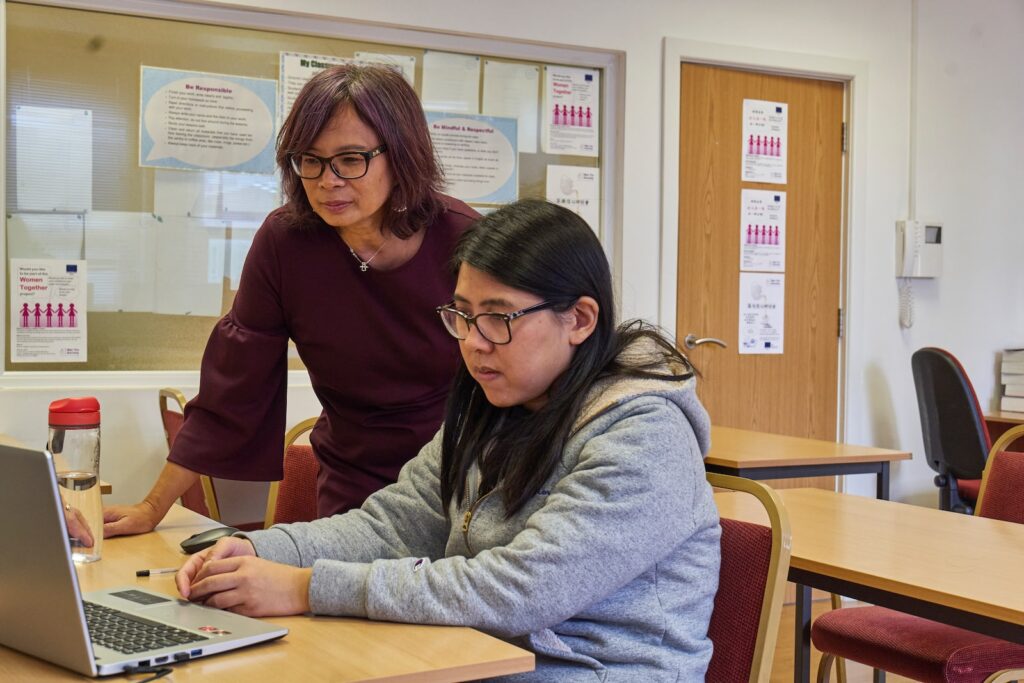
Techniques for Connecting with and Supporting Students
- Empathy: Start by understanding each student's unique needs and challenges. Show empathy, and let them know you're there to support them.
- Active Engagement: Encourage students to participate actively in class activities and discussions. Create a welcoming environment where they feel comfortable asking questions.
- Positive Reinforcement: Recognize and acknowledge students' achievements, no matter how small. Positive reinforcement goes a long way in boosting their confidence and motivation.
FAQ: How can I support students with diverse needs?
Every student is different, and it's essential to tailor your communication and support strategies to each individual. Collaborate with teachers who create the individualized plans and how you can best implement and address specific needs.
Effective Staff Communication
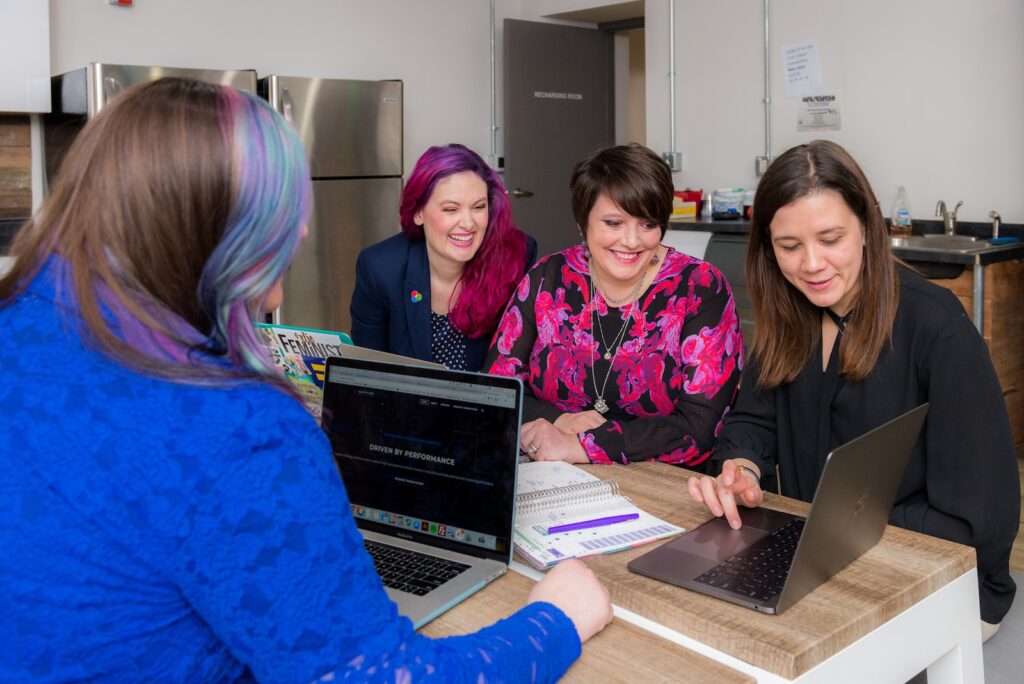
Emphasizing Teamwork and Collaboration Among Staff Members
- Clear Channels: Establish clear communication channels with your colleagues, including teachers, other paraeducators, and support staff.
- Team Meetings: Actively participate in team meetings and discussions. Share your insights and learn from your colleagues.
- Conflict Resolution: Address conflicts, if they arise, through respectful and solution-focused dialogue. Communication is key to resolving issues and maintaining a positive working environment.
FAQ: How can I contribute to a positive staff environment?
To contribute positively to the staff environment, be a team player, share your insights, and actively participate in collaborative efforts. Seek solutions together, and remember that effective communication is a cornerstone of teamwork.
Overcoming Common Challenges

Identifying and Addressing Communication Hurdles
- Misunderstandings: Misunderstandings can occur in any workplace. The key is to clarify expectations and ask for clarification when needed. Don't hesitate to seek feedback to ensure everyone is on the same page.
- Diverse Perspectives: In the diverse educational environment, you'll encounter different viewpoints and ideas. Always respect these perspectives and foster open dialogue to find common ground.
- Language Barriers: Language barriers may be present, but you can bridge them by using simple and clear language. Utilize visual aids and other resources to enhance understanding.
FAQ: How can I improve communication with challenging colleagues or students?
When facing challenging situations or individuals, maintain patience, remain empathetic, and seek common ground. Remember that effective communication can often defuse challenging situations and build stronger relationships.
Communication Tools and Resources

Enhancing Communication Skills with Tools and Resources
- Email and Messaging Apps: Digital tools like email, messaging apps, and collaborative platforms can enhance communication efficiency. Use them to stay in touch with teachers, administrators, and colleagues.
- Communication Logs: Maintain records of important interactions and milestones. Communication logs help you track progress and maintain clear communication.
- Professional Development: Explore workshops, courses, and resources that focus on communication skills. Investing in your professional development will further strengthen your abilities.
FAQ: What are some recommended communication tools for paraeducators?
Popular tools include Microsoft Teams, Google Workspace, Zoom and communication apps like Slack. Choose the ones that best suit your school's environment and align with your communication needs.
Professional Development

Ongoing Learning Opportunities for Improved Communication
- Workshops: Attend workshops that offer insights into effective communication and teaching strategies. These can provide practical tips and techniques for enhancing your communication skills.
- Online Courses: Explore online courses that focus on communication skills. They allow you to learn at your own pace and from the comfort of your home.
- Certifications: Consider relevant certifications that can enhance your qualifications and demonstrate your commitment to continuous improvement.
FAQ: How can I continue improving my communication skills?
Stay curious and open to learning. Seek out professional development opportunities and connect with peers who share your commitment to communication excellence. Remember, your dedication to growth sets an inspiring example for students and colleagues alike.
Conclusion
In conclusion, mastering communication as a paraeducator is a continuous journey of growth and improvement. Effective communication not only enriches the educational experience but also fosters a collaborative and supportive environment. Commit to enhancing your communication skills, building strong relationships with all stakeholders, and embracing professional development opportunities. By doing so, you'll contribute significantly to the success of the students and the entire school community.
Ready to elevate your communication skills as a paraeducator? Start by implementing the strategies in this guide and exploring relevant professional development opportunities. Your commitment to communication excellence will make a profound impact on the educational experience.
Remember, your role as a paraeducator is essential, and your communication skills are the key to unlocking success in education.
PIN FOR LATER



